Invasive plant species are a threat to the ecological integrity of the Niagara River watershed. They cause or contribute to:
- Habitat degradation and loss
- Disruption of natural ecological processes
- The loss of native fish, wildlife and tree species
- The loss of recreational opportunities and income
- Crop damage and diseases in humans and livestock
Educating landowners as to properly controlling and eradicating invasive plant species is a critical part of maintaining watershed health. As advocated for in Buffalo Niagara Waterkeeper’s Native Plant Guide, avoiding the planting of invasive species is the first step toward curbing their spread. A list of invasives still commonly sold in nurseries is available from the NYS Department of Environmental Conservation.
Identifying and removing invasives is a vital aspect of restoring ecological health. An important and often overlooked component is the proper disposal of invasive plants. If not disposed of properly they will only contribute to the spread of new infestations. Refer to the Invasive Species Disposal Guide for more information.
Identification:
Many invasive plants have a native look-alike. It is important to properly identify and verify the invasive before beginning removal. Refer to the guides below, and take a look at Buffalo Niagara Waterkeeper’s Guide to Invasive Species, for images and identification techniques. When in doubt contact your local cooperative extension.
Management and Removal:
Complete eradication of invasive plants may be desirable however this is not always feasible. Controlling existing populations and preventing their spread is a more practical and attainable goal. There are three methods of control: mechanical, biological, and chemical. Control methods and timelines for treatment vary for each species. Refer to the links below for more on these methods including a list of DEC approved pesticide applicators.
Early detection and response is critical for the effective control of invasive species. The Western New York Partnership for Regional Invasive Species Management (PRISM) is leading this effort within the region. This taskforce coordinates partner and volunteer efforts, provides outreach and education, performs early detection and monitoring networks, and implements control efforts for local invasive species. Visit their website to find out about volunteer opportunities and new information regarding invasive species within the region.
Get Involved!
Your involvement is important to combating the presence of invasive species within the region. Some best management practices that you can follow to help combat the spread of invasive species include:
- Use smartphone applications such as iMapInvasives to track and report invasive species in your area
- Purchase firewood locally (preferably within 50 miles) as it can act as a vector for the spread of invasive insects
- When hiking or boating, thoroughly clean and dry anything that contacted water or potential seed sources (more details here [http://www.dec.ny.gov/animals/48221.html])
- Use only native or naturalized species when landscaping
- Follow proper techniques to control and dispose of any invasive species on your property
- Spread the word! Share your knowledge of invasive species with your friends and family
Waterkeeper’s Restore Corps provides additional opportunities to combat invasives species locally. Visit the webpage and join the email list to stay updated on Restore Corps activities.
Online Resources:
Buffalo Niagara WATERKEEPER’s Native Plant Guide
Buffalo Niagara WATERKEEPER’s Guide to Invasive Species
Cornell Cooperative Extension Erie County
Cornell Cooperative Extension Niagara County
The New York Invasive Species Clearinghouse
New York iMapInvasives
New York State Department of Environmental Conservation
Buffalo Niagara WATERKEEPER Restore Corps
USDA Non-native Invasive Species Best Management Practices
USDA Manager’s Toolkit
New York Invasive Species Research Institute
Common Invasive Species Found in the Niagara River Watershed:
Zebra & Quagga Mussels
Round Goby (Fish)
Spiny Water Flea (Crustacean)
Eurasian Water-Milfoil (Aquatic Plant)
Curly Leaf Pondweed (Aquatic Plant)
Japanese Knotweed (Plant)
Water Chestnut (Aquatic Plant)
Hydrilla (Aquatic Plant)
Mugwort (Plant)
Non-native Cattails (Plant)
Giant Hogweed (Plant)
Common Reed/Phragmites Australis (Plant)
Purple Loosestrife (Plant)

